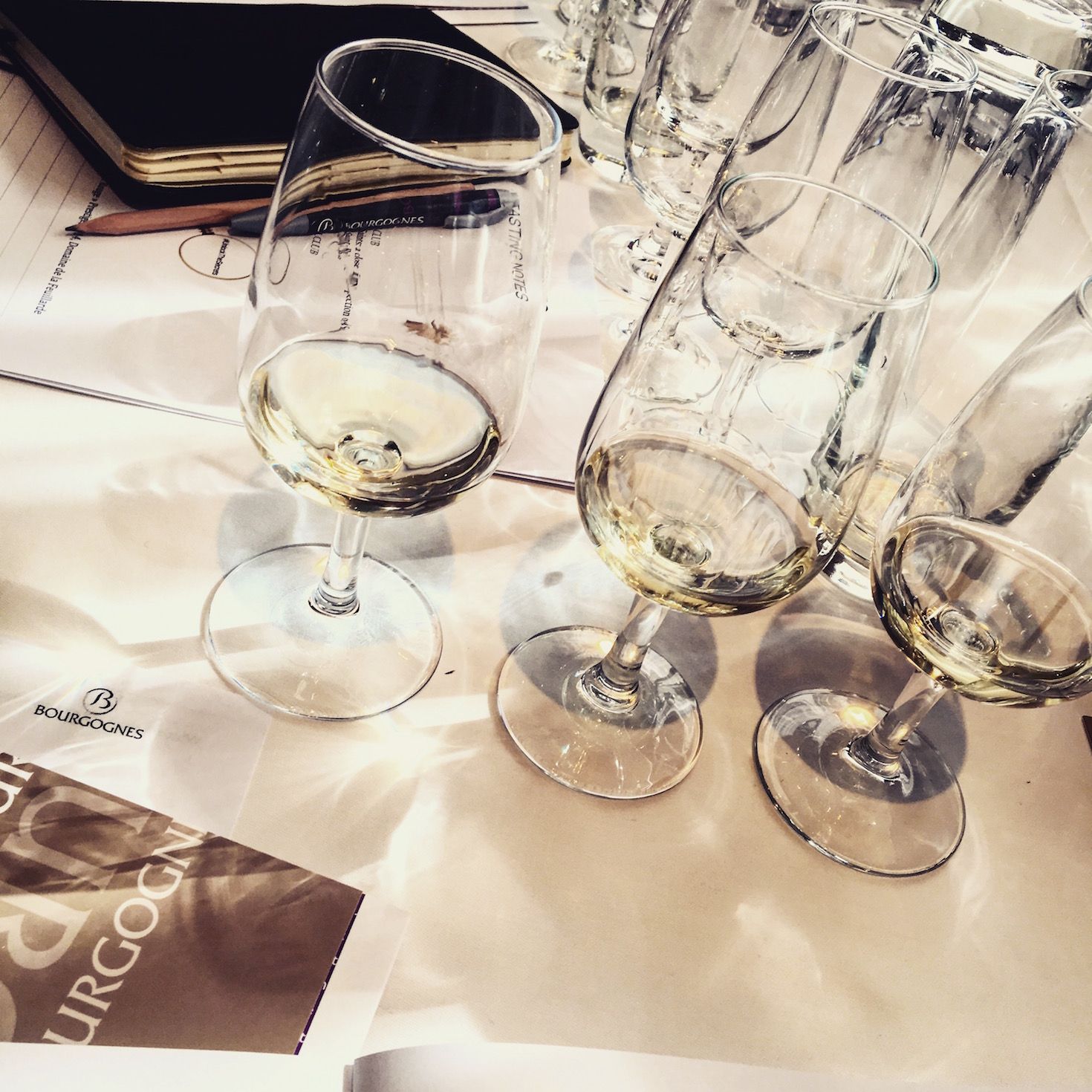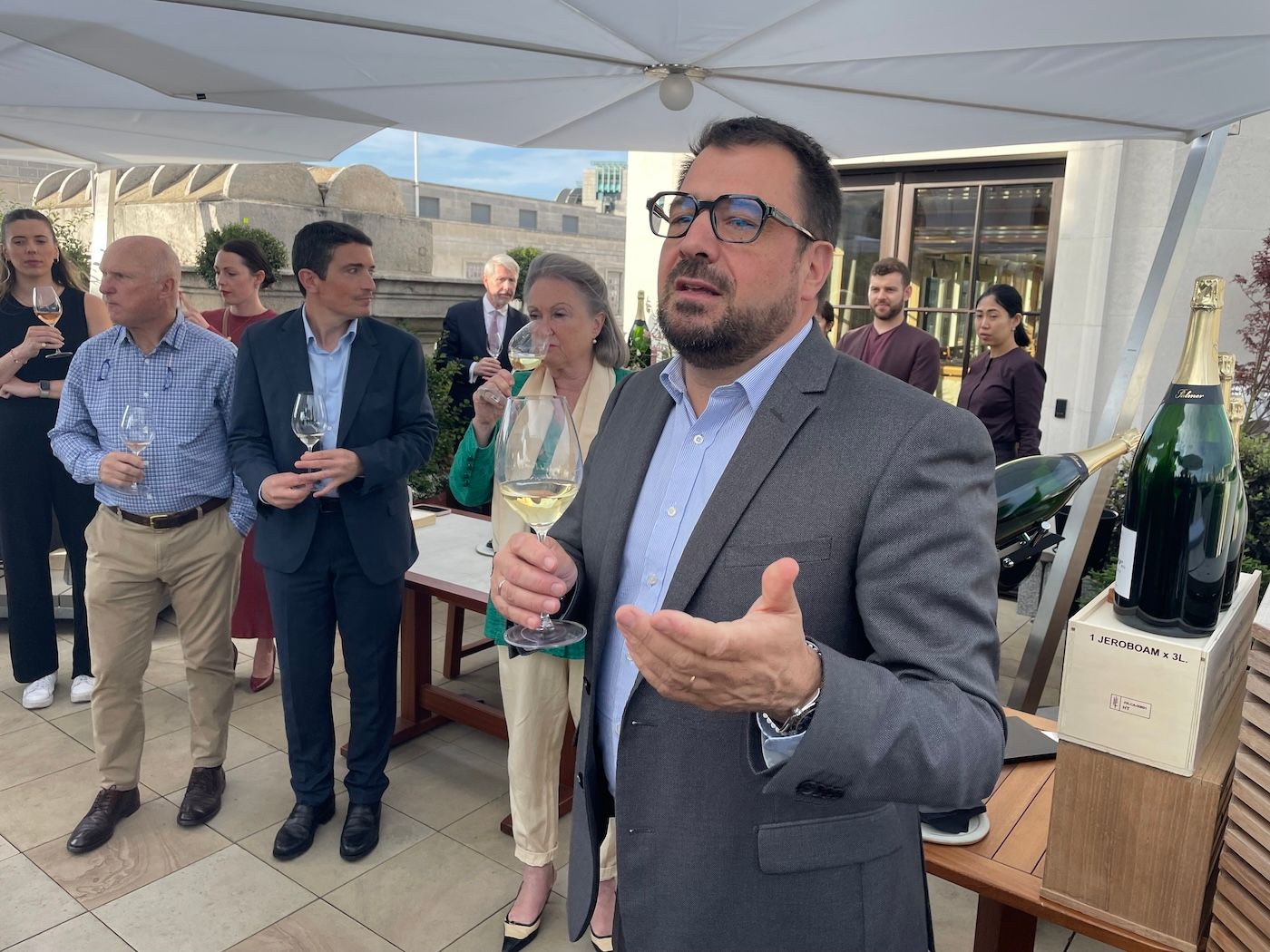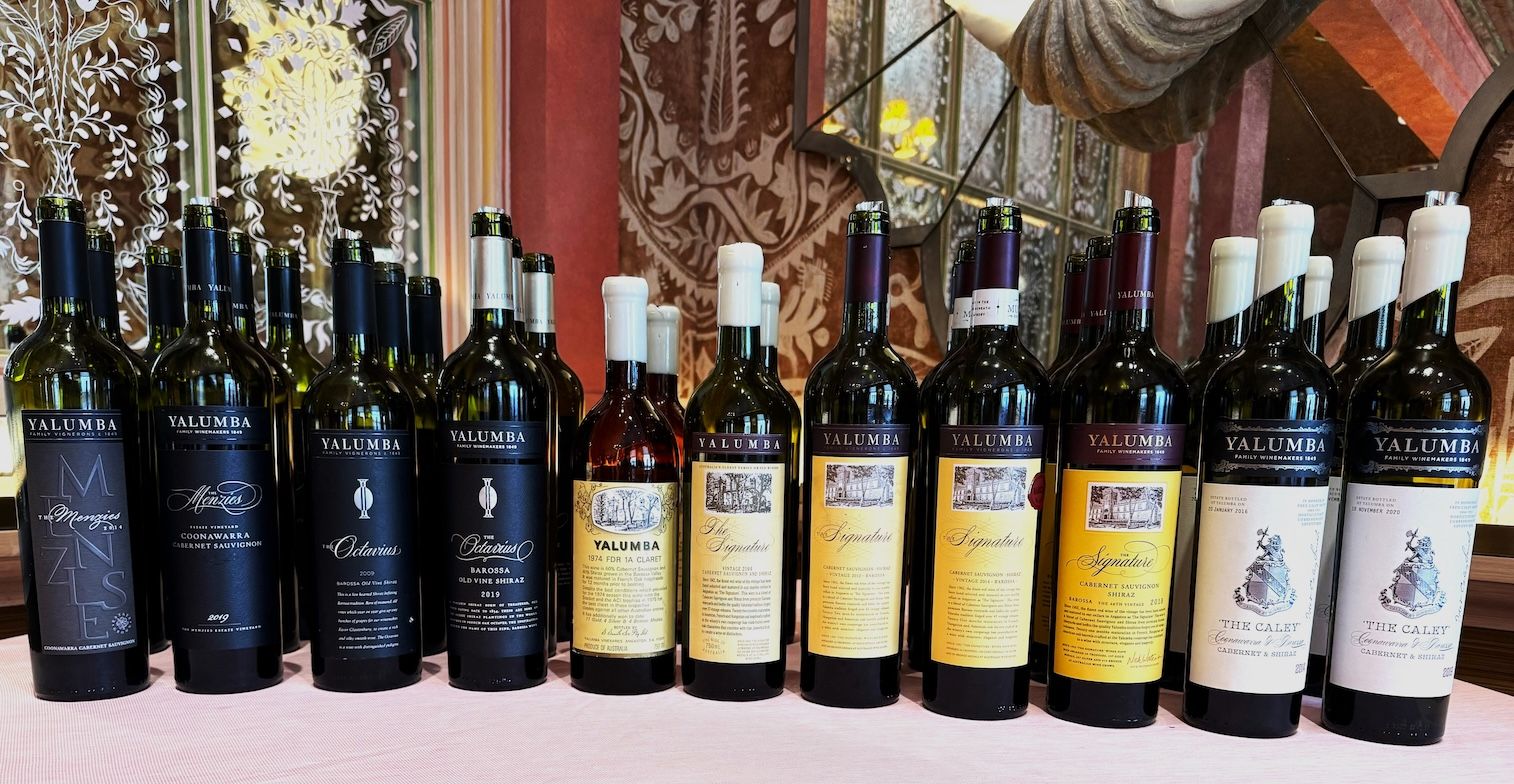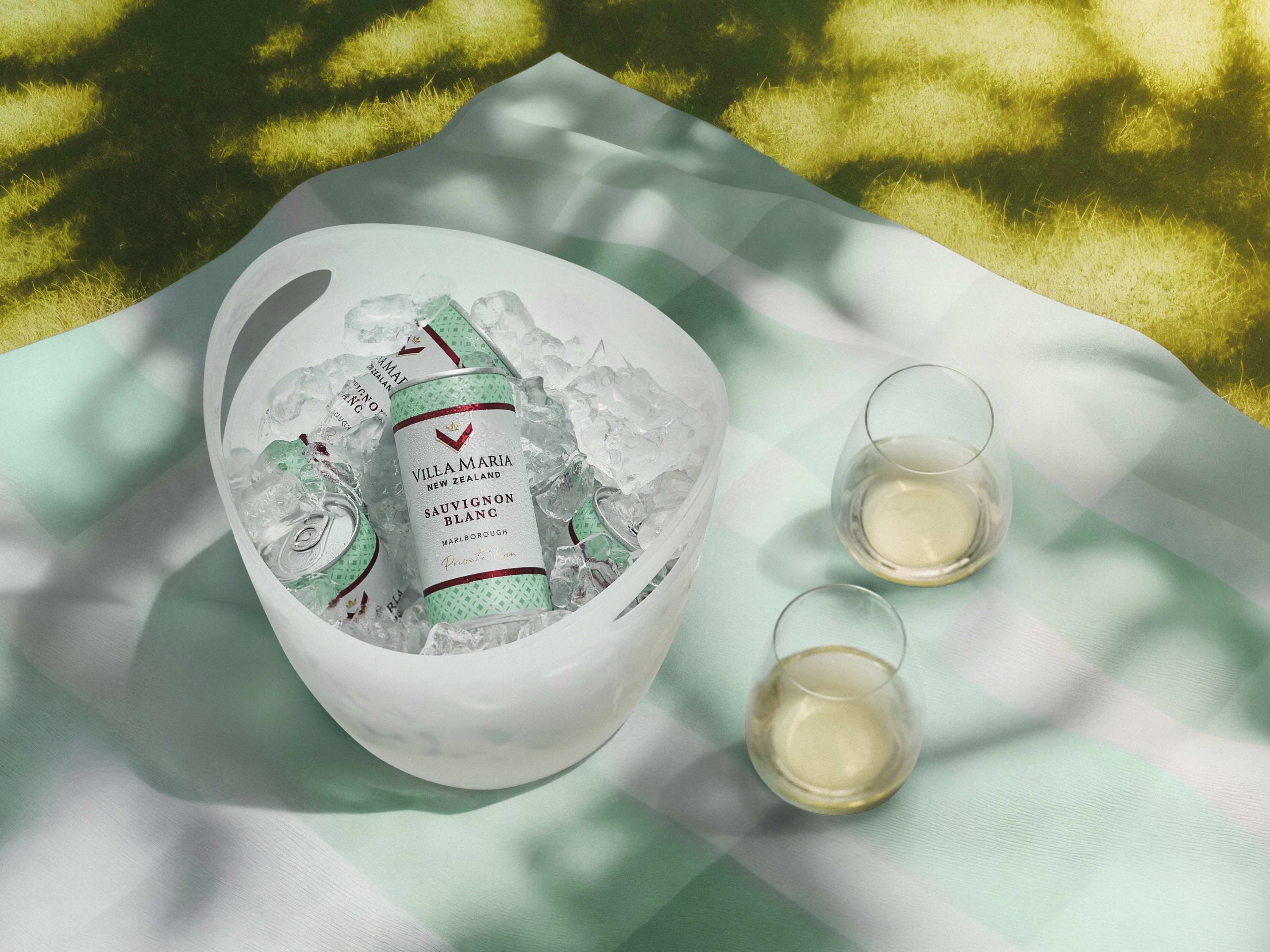Three wines were chosen from each of the four sub-appellations of Burgundy; these were then tasted blind to really dig down and discover what the true character is of Saint-Romain, Saint-Aubin, Saint-Véran and Saint-Bris.
Burgundy. The ethereal region that is often considered the best in the world within the wine trade.
However, it is only a small one, composed of 28,715 hectares of vineyards (compared to, for example, 120-125,000 hectares of Bordeaux). And it only represents 7% of French AOC production.
Within Burgundy lies 640 premier crus vineyards, and 33 grand crus vineyards. In addition to this there is the huge soil and subsoil variation, exposure and orientation to take into account as well as, of course, the weather, the grape, the clone and the winemaking.
In other words, as Xavier Rousset stated, “Burgundy is a minefield.”

The increase in price and demand means that buyers and sommeliers, as well as consumers, are beginning to look outside of the Pulignys and Meursaults to other sub-regions capable of producing high-quality, exciting and interesting wines.
Particularly for sommeliers, finding a well-priced Burgundy from a lesser-known sub-appellation that may even provide a higher quality than a Meursault (which would be positioned at £20 more) is the ultimate goal.
The question is whether these sub-appellations do produce wines of comparable/ exceptional quality and, if so, whether they have similarities to one another and at the same time represent the characteristics of their respective sub-region. We know that typically Les Folatières gives a bigger and richer body whereas one from Blagny will give something leaner and more mineral. However, the Saints are not known in such depth amongst the trade.
Xavier Rousset, a group of sommeliers and myself put this to the test, examining three wines from each of the four ‘Saints.’

SAINT-VÉRAN
Bluffers’ guide to… Saint-Véran
- Appellation Village of the Mâconnais region
- AOC granted in 1971
- AOC embraces a number of villages
- Communes: Chânes, Chasselas, Davayé, Leynes, Prissé, Saint-Verand, Soloutré-Pouilly, Saint-Amour Bellevue
- Split into two ‘islands’ by its close relative, Pouilly Fuissé
- Varied soil types dependent on the area in question: varying from fossilferous limestone, to lias rocks with grey marl to limestone
- Only white wine
- 703 ha under production
- Maison Rouge Prestige, Domaine de la Feuillarde, 2014
Fresh, lemon, mineral approach that on the nose is fairly reminiscent of Chablis. Lovely green apple on the palate with some textural minerality and a long finish.
The difference here, Rousset pointed out, was that the wine has “broader shoulders”, whereas Chablis remains linear throughout tasting.
- Domaine du Château de Vergisson, 2015
Showing a slightly more tropical nose, with pineapple and a very forward palate with ripe apple notes. Punchier in style, perhaps slightly less precise with less acidity.
- Bois Fée, Domaine Thibert Pere et Fils, 2013
Prominent vanilla on the nose, with a lemon edge and fresh pineapple and more vanilla notes on the palate followed by a biscuit finish. A bold, rich, buttery style – one for those who like their Chardonnays with plenty of hazelnut.
What I took away from the three wines:
My preferred wine was the first, because of its fresh approach with lovely notes and a long, clean autolytic finish. It was a good example of a winemaker producing terroir-expressive wine without interfering too heavily in its winemaking. I also like the notion of Saint-Véran wines stylistically sitting somewhere between Chablis and Pouilly Fuissé.
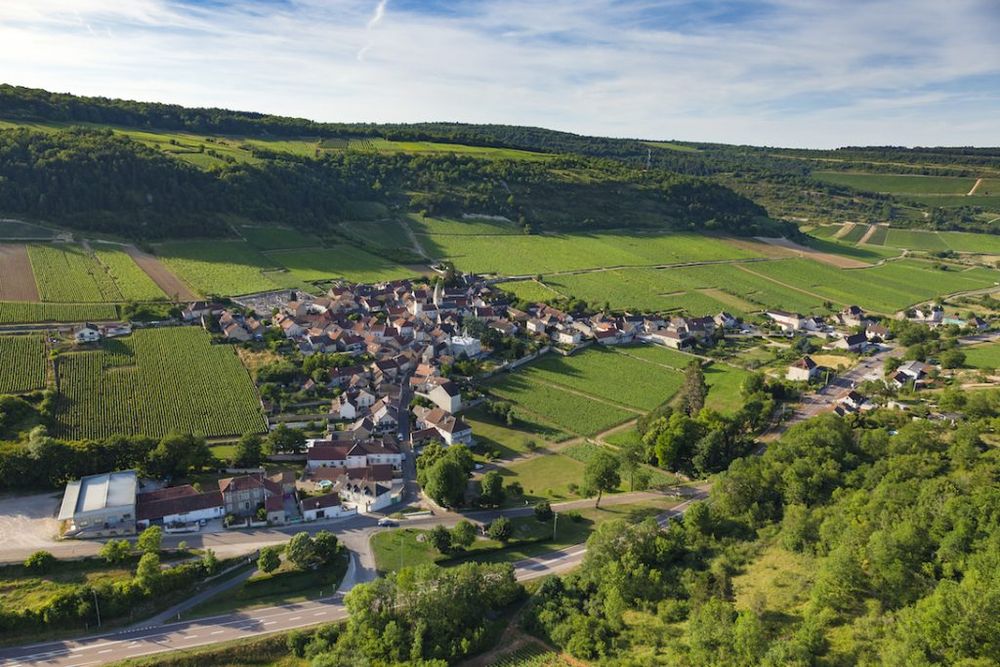
SAINT-AUBIN
Bluffers’ guide to… Saint-Aubin
- Appellation Village of the Côte de Beaune region
- Includes 30 climats classed as Premier Cru
- Lies between Puligny and Chassagne
- AOC granted in 1937
- Communes: Saint-Aubin
- Soils here are white clay with a high limestone content, with sometimes-steep slopes facing east or southeast. Altitude varies between 300-350m
- Red and white wine
- White = 112.95 ha, inc 83.79 ha Premier cru
- La Princée, Domaine Hubert Lamy, 2015
Gorgeous fresh nose of honeysuckle and lemon.
Lovely dense texture with lemons and mineral notes on the palate, still quite tight but it is a young wine. The beauty of Burgundy here, Rousset pointed out, is that the wine ‘moves’, it is changeable and develops. When young, you would serve this wine with scallops, whereas when aged, it would work wonderfully with creamy morel or cep dishes.
- 1er Cru Le Puits, Domaine Bernadette Lamy, 2014
A different approach here, with a very striking and pretty nose of vanilla and subtle incense. On the palate, the wine expresses fresh apricots with a lifted vanilla, yeasty finish. It is more weighty and an impressive wine, although stylistically very different to the previous.
- 1er Cru Les Cortons, Domaine Roux Père et Fils, 2014
Lively sharp lemon nose, with yet more lemon on the palate but is perhaps a little too acidic on the palate, slightly lacking in elegance. New oak here is up to 30% also, perhaps a little high and throwing the wine off balance.
What I too away from the three wines:
This really highlighted the effect the winemaker has on the wine. I really liked the first two, however, for different occasions entirely. I would drink the first with raw scallops if possible, and the second perhaps with fish in a cream sauce, or even a chicken dish.
It also highlighted the importance of mastering oak. Rousset reminded us of Chardonnay’s non-aromatic nature and that “it needs help.” Mastering oak is a huge skill.
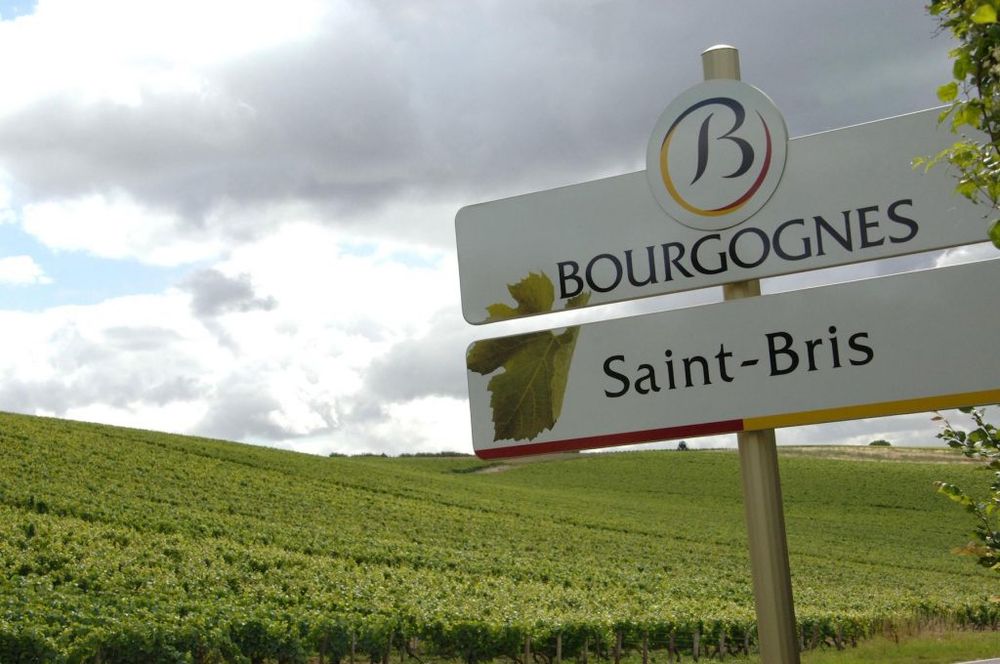
SAINT-BRIS
Bluffers’ guide to… Saint-Bris
- Appellation Village of Auxerrois
- Appellation is reserved for white wines produced within the area of Saint-Bris
- It was created by a decree dated 10th January 2003, replacing Sauvignon de Saint-Bris
- Soils derived from Jurassic limestone, with alluvial soils and fossilferous limestone astartes
- Only white wine: Sauvignon Blanc and Sauvignon Gris
- Producing communes: Saint-Bris-le-Vineux, Chintry, Irancy, Vincelottes and Quenne
- 63 ha.
Saint-Bris is the odd one out because it produces Sauvignon Blanc and Sauvignon Gris and not Chardonnay, it is also an appellation that we do not see very much of. Here, of course, we are looking at something different entirely for a spot on the wine list – you would not substitute your Burgundy Chardonnay with a Saint-Bris (well, I wouldn’t), but nonetheless it was of great interest to compare a flight of three.
- Exogyra Virgula, Domaine Guilhem & Jean-Hugues Goisot, 2015
Exogyra = fossil. Quite a subtle, pretty nose of pear and white flowers. On the palate, it’s a really impressive wine. Lovely and fresh approach, with a very soft, rich, creamy mouthfeel and a mineral, textural finish. Lovely length. Rousset commented that he would be tempted to see how this ages.
- Domaine P-L & J-F Bersan, 2015
A more aromatic style, here there is lots of steely grapefruit on the nose, with a zesty palate. There is less texture but nonetheless it is a pretty, drinkable wine.
- Domaine Petitjean, 2014
Very heady nose that is more ‘in your face’ and slightly herbaceous, but with a rich tropical palate of pineapple and ripe apricots, with a certain weight on the palate that I have not experienced in many Sauvignons.
What I took away from the three wines:
Lesser-known sub-appellations and regions are getting more airtime than ever before – look at Aligoté for example, with absolutely brilliant examples like the Love and Pif, and the Aligoté from De Moor. Perhaps the time is coming for Saint-Bris? I was very impressed with the styles shown and will be checking wine lists from now on.
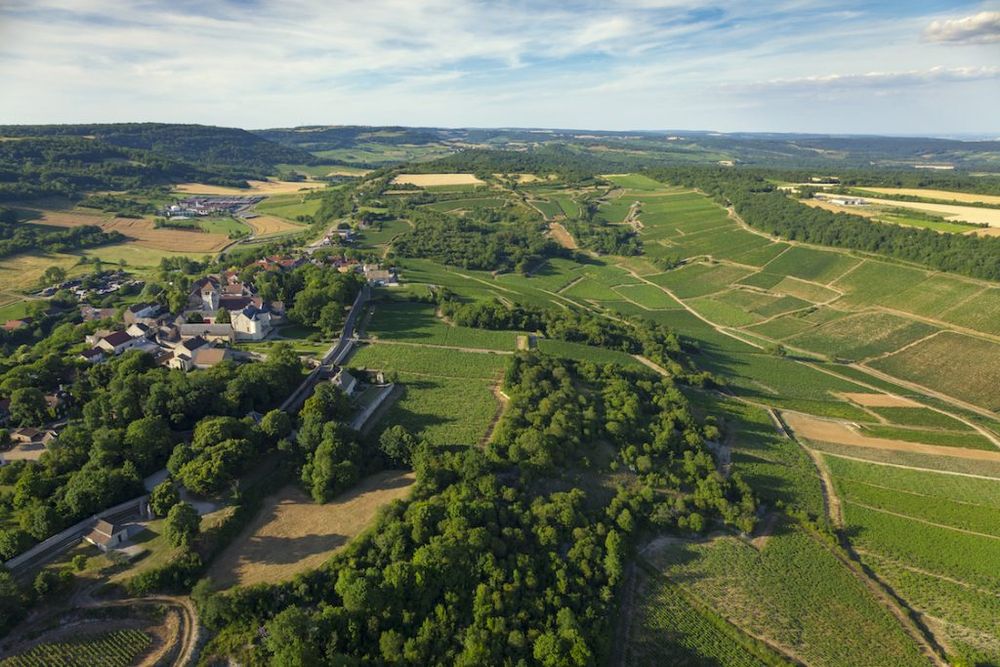
SAINT-ROMAIN
Bluffers’ guide to… Saint-Romain
- Appellation Village of the Côte de Beaune region
- Producing commune: Saint-Romain
- On lias soils, with blends of limestone and clay
- AOC granted in 1947
- Red and white wine
- White = 59.74 ha
- Domaine Taupenot-Merme, 2014
Nice, pretty and consistent nose: fairly restrained with white flowers and some fresh apricot. On the palate, there is more honeysuckle and some fresh honey. This is a very well made wine, using 25% new oak that is well integrated.
- Christophe Buisson, 2014
Here we have a richer, more tropical nose with lovely yeasty notes on the palate. Nice finish, and well-integrated oak once again.
- La Perrière, Domaine Henri & Gilles Buisson, 2014
A lighter style here compared with the previous two, with a clean, mineral nose with light floral notes with a lovely citrus mid-palate and a mineral length.
Overall it was a brilliant insight into these four sub-appellations, which I will now avidly be looking out for on wine lists. It also reminded me that it is so important to take into account winemaker influence on a wine’s capacity to show its terroir, so remember – you have to know your producer.
Christina Rasmussen spent a year working in Burgundy with Louis Latour. Apart from being a regular contributor to The Buyer you can read more of her excellent articles on her blog which can be found here www.vintageofallkinds.com
